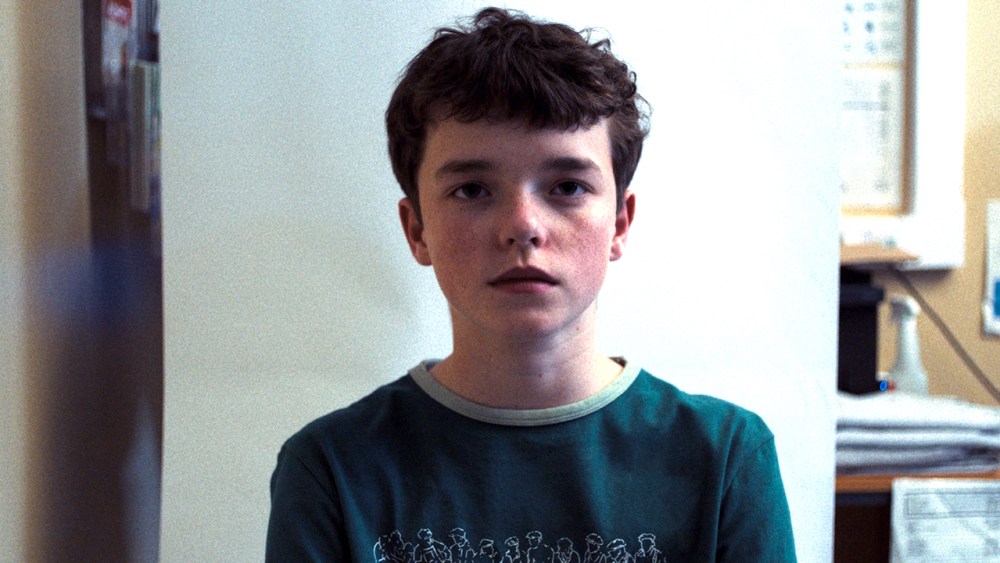How Solo Voices Became the Key to ‘Adolescence’ ‘Monsters’ Scores
A single human voice singing, wordlessly, can evoke a sense of humanity — or inhumanity — depending on the behavior we witness on our screens.
This was the case in two much talked-about streaming series, accomplished in very different ways but with a similar goal in mind: the music of “Adolescence,” by Aaron May and David Ridley, and of “Monsters: The Lyle and Erik Menendez Story,” by the father-daughter team of Thomas and Julia Newman. Both aired on Netflix.
For “Adolescence,” a four-hour story about a 13-year-old English boy charged with the murder of a female classmate, the documentary-style filming demanded that any score needed to be handled “so sensitively and so specifically,” says May. “You don’t want to be conscious of breaking the realism.”
One of their key choices was to include the voice of Emilia Holliday, the young actress who plays Katie Leonard, the victim. “Throughout the series, we never hear her speak,” May notes. “We see photos of her and we feel her presence in the story, but she doesn’t have a voice.”
Director Philip Barantini had discovered that Emilia was “a keen singer,” May reports. “There was this sort of beautiful adolescent vulnerability to her voice. It felt so perfect, sonically, for the school, and so perfect for the score. By having her voice in the music, her character gets to haunt the whole story.”
That choice also informed the rest of the score. “We were just thinking about air and breath alongside these voices,” Ridley says. They chose a bass recorder (“quite an interesting instrument to hum through”) and a very old, slightly out-of-tune Victorian pump organ.
They also recorded a 35-voice children’s choir, initially to perform Sting’s song “Fragile” but which also performed a number of vocal exercises that became useful in the score. “The theme that you hear at the beginning of every episode, there’s the voice, but then behind that there’s this chatter of school children. It just feels present and alive,” says Ridley.
Also unexpected, but in a disturbing way, is the use of voices in “Monsters,” especially in Episode 2 when the Menendez brothers shotgun their parents to death, then revisit the scene hours later. Against horrifying images of bloody corpses in their living room, we hear a female vocalist sing the word “hum” again and again over quiet piano and synth sounds.
“That was a Julia idea, and it was something she wrote very quickly as a little intro to a much more extensive piano piece,” Thomas Newman explains. It somehow tapped into what he terms “the deep psychological or emotional subtext behind the murders. What I got out of that motif was a kind of emotional hunger.”
And how did the showrunners react? “Like anything that is surprising, it hits you like cold water,” says Thomas. “There was something enticing about it.” Julia Newman confirms that it’s her own voice, along with later renditions of “haha,” “shhh” and other vocal textures that occasionally arise within the nine-
hour miniseries.
The composers (in their second collaboration, after the 2024 FX miniseries “Feud”) strove to avoid any hint of bias. “We didn’t want to lend any idea of what we thought was guilt or non-guilt,” Thomas adds. “We were really playing action as we saw it in the moment.” Adds Julia: “The characters had great style and great humor, too,” and music played a role in that.
“Just because the show fits into a true-crime architecture, that didn’t mean that it had to be these subdued drones… there was a lot of room to play with style and feeling that wasn’t just spooky or sympathetic,” she says. They enlisted musician friends to add guitars and woodwinds to complement their keyboards and synths.


